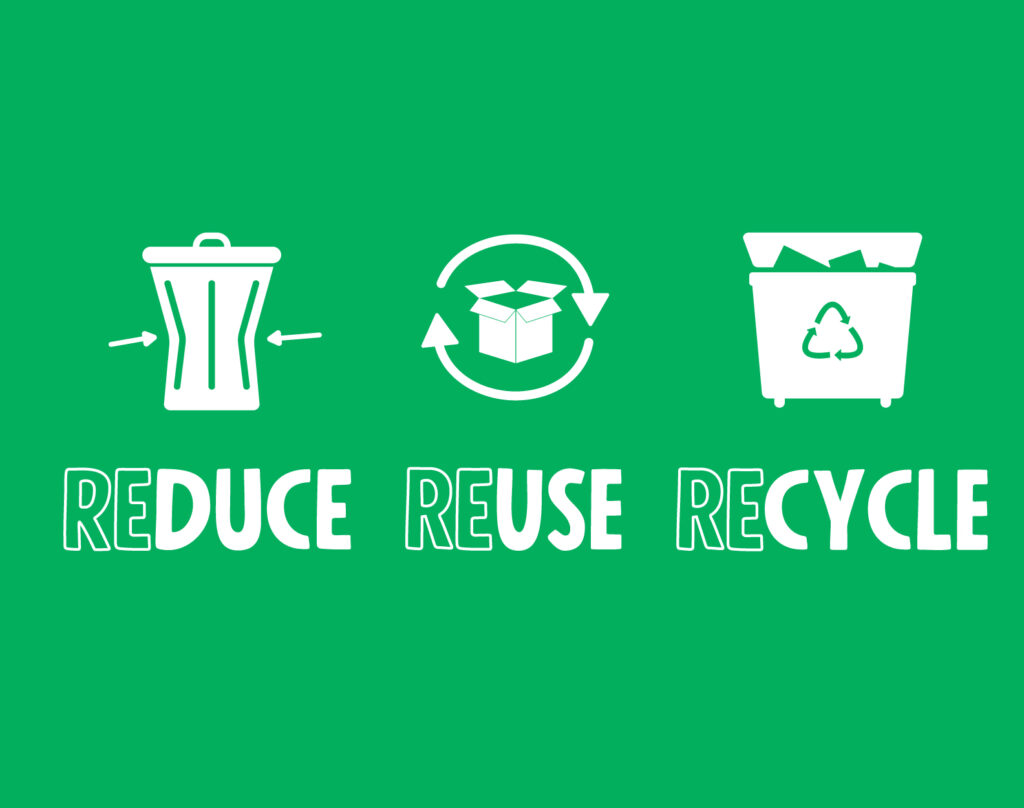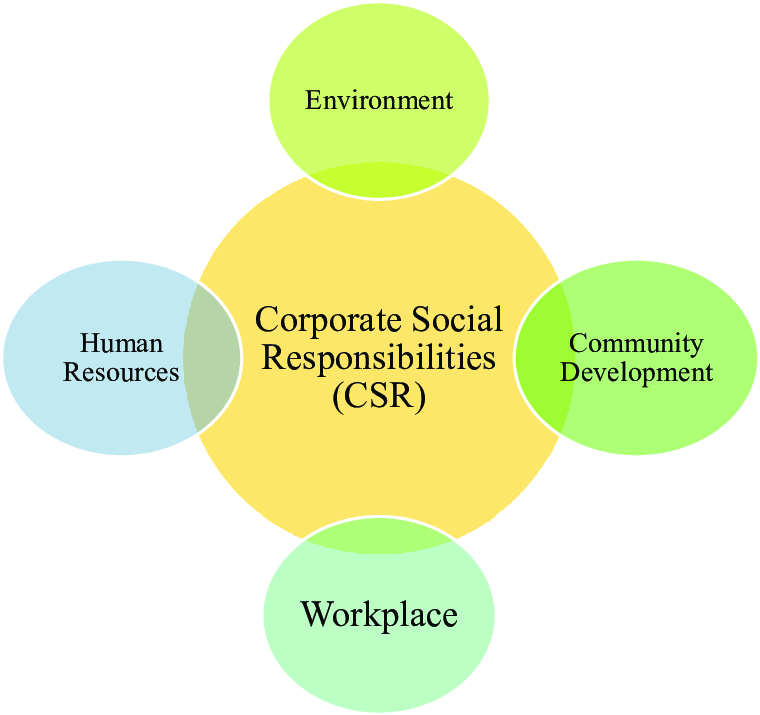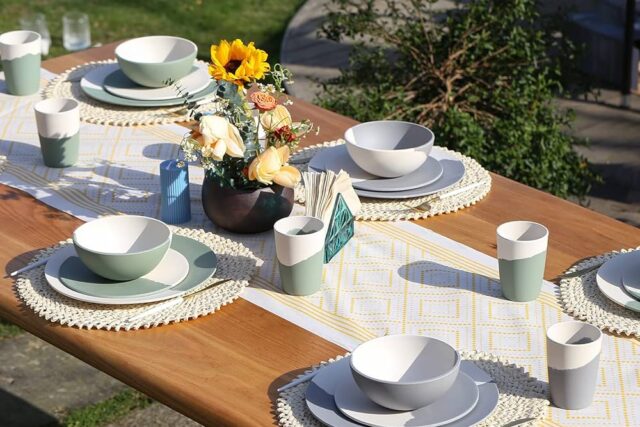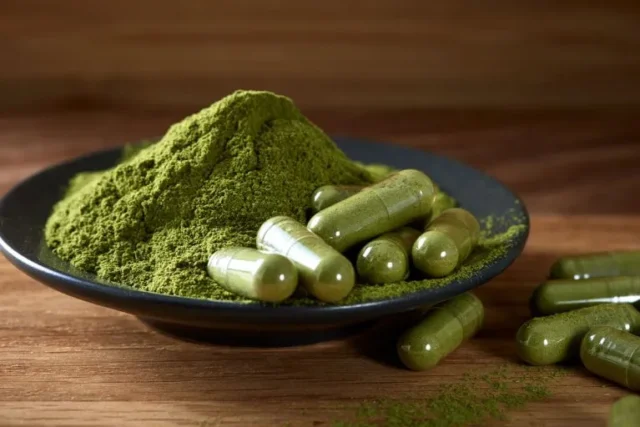In the realm of conscious consumerism, every decision we make holds the potential to shape the world’s environment we live in. When it comes to something as seemingly mundane as tableware, the choice between eco-friendly options and conventional ones carries significant weight.
Here You’ll Get a Short Perspect of the Following:
The Idea of Eco-Friendly Tableware:
The concept of eco-friendly tableware draws inspiration from various principles and movements, including:
Environmental Conservation:

- The conservation movement, which gained momentum in the mid-20th century, emphasizes the importance of preserving natural ecosystems and minimizing human impact on the environment.
- This mindset has led to a greater focus on sustainable practices in various industries, including the production of consumer goods like tableware.
Reduce, Reuse, Recycle:

- The mantra of “reduce, reuse, recycle” has become a guiding principle for waste management and resource conservation.
- Eco-friendly tableware aligns with this philosophy by offering reusable, recyclable, or compostable alternatives to single-use disposable items, thereby reducing the amount of waste generated and conserving resources.
Green Living and Sustainability Movements:

- The rise of green living and sustainability movements has encouraged individuals to adopt more eco-friendly lifestyles and consumer choices.
- Eco-friendly tableware is part of this broader trend toward sustainable consumption, where consumers prioritize products that have minimal environmental impact throughout their lifecycle.
Innovations in Materials Science:

- Advances in materials science and technology have led to the development of new materials and manufacturing processes that are more sustainable and environmentally friendly.
- For example, bio-based plastics, compostable polymers, and renewable fibers have emerged as viable alternatives to conventional petroleum-based plastics and paper products.
Corporate Social Responsibility (CSR):

- Many businesses have embraced corporate social responsibility (CSR) initiatives aimed at reducing their environmental footprint and promoting sustainable practices.
- Eco-friendly tableware allows companies to demonstrate their commitment to sustainability while meeting consumer demand for environmentally conscious products.
Overall, the idea of eco-friendly tableware arises from a combination of environmental awareness, technological innovation, consumer demand, and corporate responsibility, all aimed at creating a more sustainable future for generations to come.
Example of Eco-Friendly Tableware:

Eco-friendly tableware refers to utensils, dishes, and other items used for dining that are designed to minimize environmental impact throughout their lifecycle, from production to disposal. Here are some examples:
- Bamboo Utensils
- Biodegradable Plates and Bowls
- Reusable Stainless Steel Straws
- Glassware
- Wooden Plates and Bowls
- Reusable Cloth Napkins
- Recycled Plastic Tableware
- Edible Tableware
- Compostable Cutlery
- Ceramic Tableware
Why You Should Embrace Eco-Friendly Tableware:
1. Environmental Preservation:
- Conventional tableware often ends up in landfills, contributing to pollution and environmental degradation.
- Eco-friendly alternatives, on the other hand, are made from sustainable materials like bamboo, sugarcane bagasse, or recycled materials, minimizing the carbon footprint and reducing strain on natural resources.
2. Healthier Living:
- Many conventional tableware items contain harmful chemicals such as BPA (Bisphenol A) and phthalates, which can leach into food and beverages, posing health risks.
- Eco-friendly options are typically free from these toxins, offering a safer dining experience for you and your loved ones.
3. Support for Sustainable Practices:
- By choosing eco-friendly tableware, you’re supporting businesses and industries that prioritize sustainable practices.
- This encourages more companies to adopt environmentally friendly manufacturing processes, leading to broader positive impacts on the planet.
4. Stylish and Unique Designs:
- Eco-friendly tableware doesn’t have to be dull or uninspiring.
- Many eco-friendly options boast stylish designs and unique aesthetics, adding a touch of elegance to your dining experience.
- From sleek stainless steel straws to chic bamboo dinnerware, there’s something to suit every taste and preference.
Economic Benefits of Embracing Eco-Friendly Tableware:
1. Long-Term Cost Savings:
- While the initial investment in eco-friendly tableware may be higher than conventional options, their durability often leads to significant long-term cost savings.
- Instead of repeatedly purchasing disposable tableware, investing in high-quality, reusable alternatives reduces the frequency of replacements, ultimately saving money over time.
2. Reduced Waste Management Costs:
- Conventional disposable tableware contributes to the growing problem of waste management, imposing significant costs on municipalities and taxpayers for collection, transportation, and disposal.
- By choosing eco-friendly options that are either biodegradable or recyclable, you contribute to reducing the burden on waste management systems, potentially leading to lower municipal costs and taxes.
3. Market Demand and Innovation:
- The increasing consumer demand for eco-friendly products has spurred innovation in the tableware industry.
- As more individuals prioritize sustainability in their purchasing decisions, businesses are compelled to adapt and offer environmentally friendly alternatives.
- This creates opportunities for economic growth and job creation in sectors focused on sustainable manufacturing, design, and distribution.
4. Corporate Responsibility and Reputation:
- Companies that demonstrate a commitment to sustainability by offering eco-friendly tableware can enhance their reputation and appeal to environmentally conscious consumers.
- This can translate into increased brand loyalty and market share, ultimately contributing to the company’s economic success.
- Moreover, businesses that prioritize sustainability may benefit from cost savings through resource efficiency and waste reduction measures.
5. Potential for Cost-Effective Solutions:
- Advancements in technology and manufacturing processes continue to drive down the costs of eco-friendly materials and products.
- As economies of scale are achieved and production efficiencies improve, the prices of sustainable tableware are likely to become more competitive with conventional alternatives, making eco-friendly choices increasingly accessible to a broader range of consumers.
Why You Might Hesitate:
1. Initial Cost Concerns:
- Eco-friendly tableware may indeed come with a higher initial cost compared to conventional options.
- However, it’s essential to consider the long-term savings and environmental benefits that outweigh this initial investment.
2. Availability and Convenience:
- Depending on your location, finding a wide selection of eco-friendly tableware options may require some effort.
- However, with the rise of online shopping and the growing demand for sustainable products, eco-friendly tableware is becoming increasingly accessible.
3. Perception of Durability:
- Some people may have concerns about the durability of eco-friendly tableware compared to traditional materials like plastic or ceramic.
- While it’s true that certain eco-friendly materials may require more delicate handling, many are surprisingly robust and long-lasting.
Conclusion:
In the grand scheme of things, the choice of tableware may seem insignificant, but it’s these seemingly small decisions that collectively have a profound impact on the planet. By opting for eco-friendly tableware, you’re not just investing in quality dining essentials; you’re investing in a sustainable future for generations to come. So, the next time you’re faced with a choice between eco-friendly and conventional tableware, consider the long-term benefits and make a decision that aligns with your values and the well-being of the planet.



MOST COMMENTED
Animal-Based Proteins / Casein Protein / Dietary Protein / High-Protein Diets / Pea Protein / Plant-Based Proteins / Protein / Protein Deficiency / Protein Supplements / Proteins / Whey Protein / Whey Proteins
Is Protein Powder Safe for Teenagers and Children?
Animal-Based Proteins / Casein Protein / Dietary Protein / High-Protein Diets / Pea Protein / Plant-Based Proteins / Protein / Protein Deficiency / Protein Supplements / Proteins / Whey Protein / Whey Proteins
Unlock the Power of Proteins for Optimal Gut Health
Multivitamin
Total Health: Multivitamin for Active Lifestyles
Multivitamin
WellnessFusion: Complete Multivitamin Support
Dietary Supplement
Revitalize Your Health: The Magic of Red Yeast Rice Capsules
Foot care / Foot Health
Revitalize Your Foot Care Routine: Essential Tips for Optimal Foot Health
Foot Problem / Diabetics / Foot Health
Diabetics: Mastering Footwear Selection for Enhanced Foot Health and Ultimate Comfort
Exercises and Footwear Tips for Hammertoe Relief / Foot care / Foot Health / Foot Pain / Foot Problem / Hammertoes
Unlock Effective Exercises and Footwear Tips for Hammertoe Relief
Hammertoes / Foot Health / Foot Pain / Foot Problem
Unlock Relief: Essential Guide to Hammertoes Causes, Symptoms, and Treatments
Foot Problem / Foot Health
Revolutionize Your Recovery: Natural Remedies for Plantar Fasciitis – Fresh Home Keepers